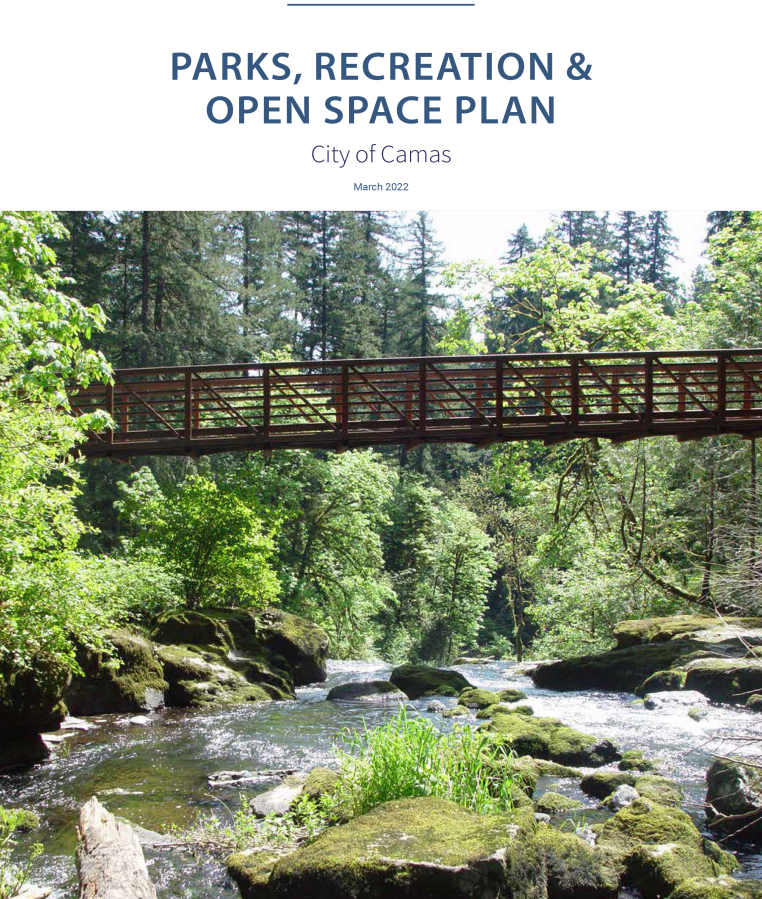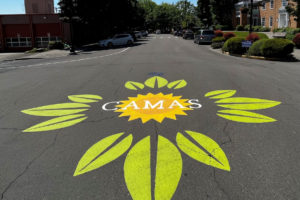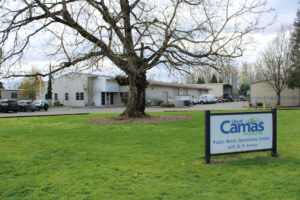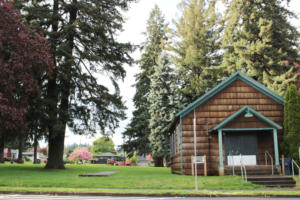After closing a two-week public hearing that included more than three hours’ worth of council debate, public testimony and repeated clarifications from city staff, the Camas City Council voted 6-1 this week to formally approve the city’s 2022 Parks, Recreation and Open Space (PROS) Plan and its prioritized list of short- and long-range capital facilities needs.
Updated every six years, the PROS Plan is the city’s guide for managing and enhancing Camas’ more than 1,000 acres of parks and open spaces, 12 miles of trails and wide range of recreational offerings.
Like other Camas planning documents, the PROS Plan includes a list of capital facilities needs the city might try to develop and fund through a combination of sources such as grants, impact fees and voter-approved bonds over the next 20 years.
The capital facilities list also includes cost estimates for each potential project totaling $130 million, as well as line items for high-ticket, unfunded projects such as an aquatic center. These inclusions divided the council and caused concern among residents who incorrectly equated the PROS Plan and facilities list with the city’s failed 2019 bid to fund a $78 million aquatic-community center.
“This list is not funded or an approved list of projects,” Camas Parks and Recreation Director Trang Lam reiterated during the continued public hearing on April 18. “This is a list of 20-plus-year projects either needed or wanted within our community.”




